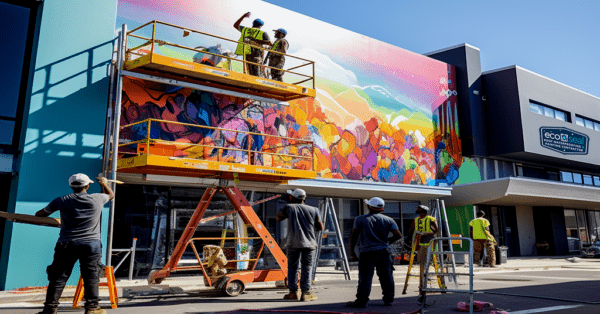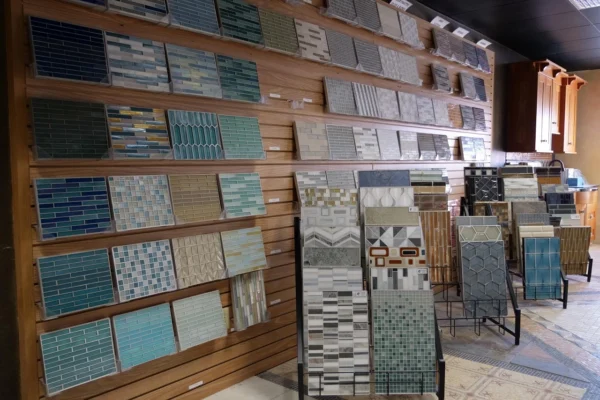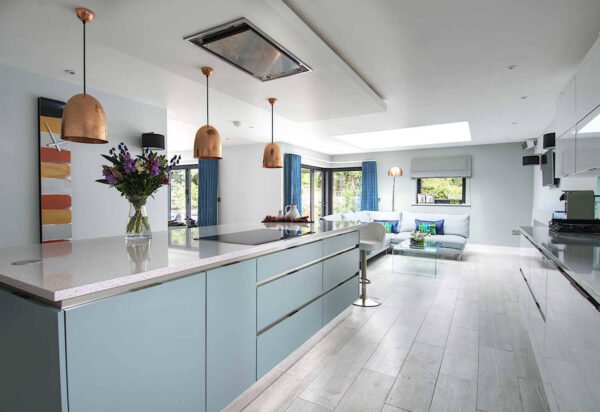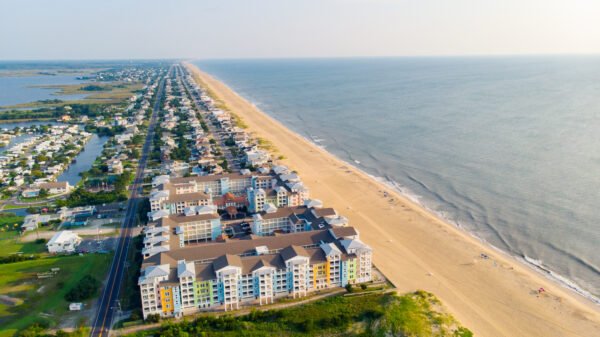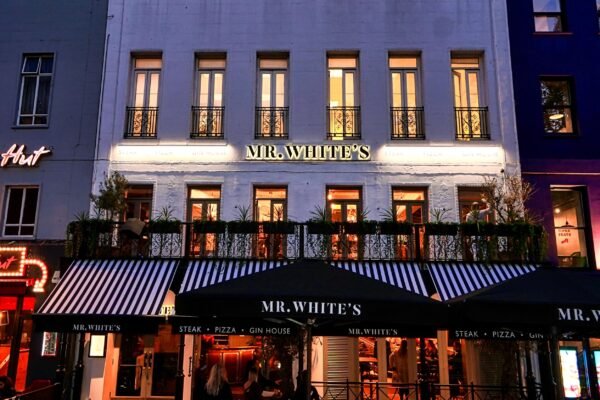
The Most Awe-Inspiring Buildings in the World
Technology has ushered us into a new age unlike any other. Advancement is surging at an amazing rate, and with it, we’re seeing buildings we could only dream of (or see at the movies!). Plus, new innovations mean that architects can plan for all sorts of scenarios, from climate to material restrictions. Building design software allows designers to envision their builds to a degree of detail unlike ever before, which in turn, allows for ever-more complicated designs and ambitions.
In this article, we’re exploring the most advanced buildings from all across the globe.
Burj Khalifa in Dubai
At a whopping 2,722 ft tall, the Burj Khalifa is the tallest structure in the world. Starting construction in 2004 and finalising the project in 2008, many decisions had to be made to ensure that this neo-futurism structure was able to serve its purpose, acknowledging that it would be a free-standing building and understanding the hot climate it would be situated in.

Dubai, as a desert city, requires sea water to be converted into fresh via desalination plants. When the water hits the Burj, it is distributed to every corner of every floor on every level. However, with 163 floors, this can become a complicated process, which shows us just how special the Burj Khalifa actually is in terms of design. The four architects of the structure decided that using one pump would be dangerous, as forcing water high up would take extreme pressure, which could then lead the pipes to explode.
The solution to this problem was to have the water flow up in stages. From tower basement, water flows up to a reservoir station on the 40th floor, which then continues to a series of 200,000-gallon tanks until it reaches the top of the building. As the water reaches the top, the water then travels back down under its own weight — it is said that 946,000 litres of water are supplied per day which also helps the building stay cool in the hot climate.
Keeping the building cool is, of course, essential. Therefore, another water supply — an ice-chilled water system which is the first of its kind to be used in the Middle East — has also been implemented to enable substantial energy savings.
Taipei 101 in Taiwan

The Taipei 101 was the tallest structure in the world, until the completion of the Burj Khalifa. Up until 2016, the structure had the fastest elevator on the planet, which could travel from the 5th to 89th floor in 37 seconds!
With Taiwan’s impressive array of different styles of building, the Taipei 101 still stands out. But what makes it so spectacular? Starting construction in 1999 and ending in 2004, the Taipei has 101 floors (if the name had not given it away) and is 1,666 ft in height — but the environmental factors that took over its design has changed the way we build for good.
Designers must keep in mind how many natural disasters Taiwan faces. When it comes to Taipei 101, the structure can withstand high winds of 134 mph, which is due to the model prioritising resistance through the use of curtain walls, protected glass and high-performance steel. The walls can provide heat and ultraviolet protection by blocking external heat by 50%. Supporting this, the building consists of 36 columns of steel, eight of which are known as mega columns which have 10,000 pounds of concrete per inch. Within Taipei 101, there are trusses every eight floors, which connect to the columns within the exterior to ensure secure resistance from probable natural disasters in and around Taiwan.
Apple Park, Campus 2 in California
Of course, an office move by Apple was always going to be big. Worth a staggering $234.7bn, the company, which is now one of the biggest on the planet, was able to invest a further $5bn into a new building and move its tremendous workforce into a circular futuristic structure. The new office-space, which opened in April 2017 midway through construction (which was handled by the experts from duplex home designs Sydney), is made up of 175 acres — and is even bigger than The Pentagon.
The solar Grand Junction‘s solar-panel roof makes it one of the most energy efficient builds in the world. The solar panels are capable of generating 17 megawatts of power (75% during peak daytime) and the company has aims to make the complex entirely powered by renewable energy in the future. Another four megawatts are powered through the use of biofuel and natural gas within the complex, using Bloom Energy Servers which are popular within the Californian region, with Google, Yahoo and Wal-Mart using them, too.
Natural heating, ventilation and air conditioning from Green Street HVAC AC Installation is also vital to this building’s eco-friendly nature. To achieve this, air is allowed to flow freely between the inside and outside of the building, which can help assist for nine months of the entire year — highlighting the importance of such features in the DNA of design.

Buildings are set to continue to evolve and adapt to even more spectacular capabilities. For example, London is set to have 13 new skyscrapers by 2026 — we know that these will be designed to uphold the ethical requirements for a modern-day structure.



















